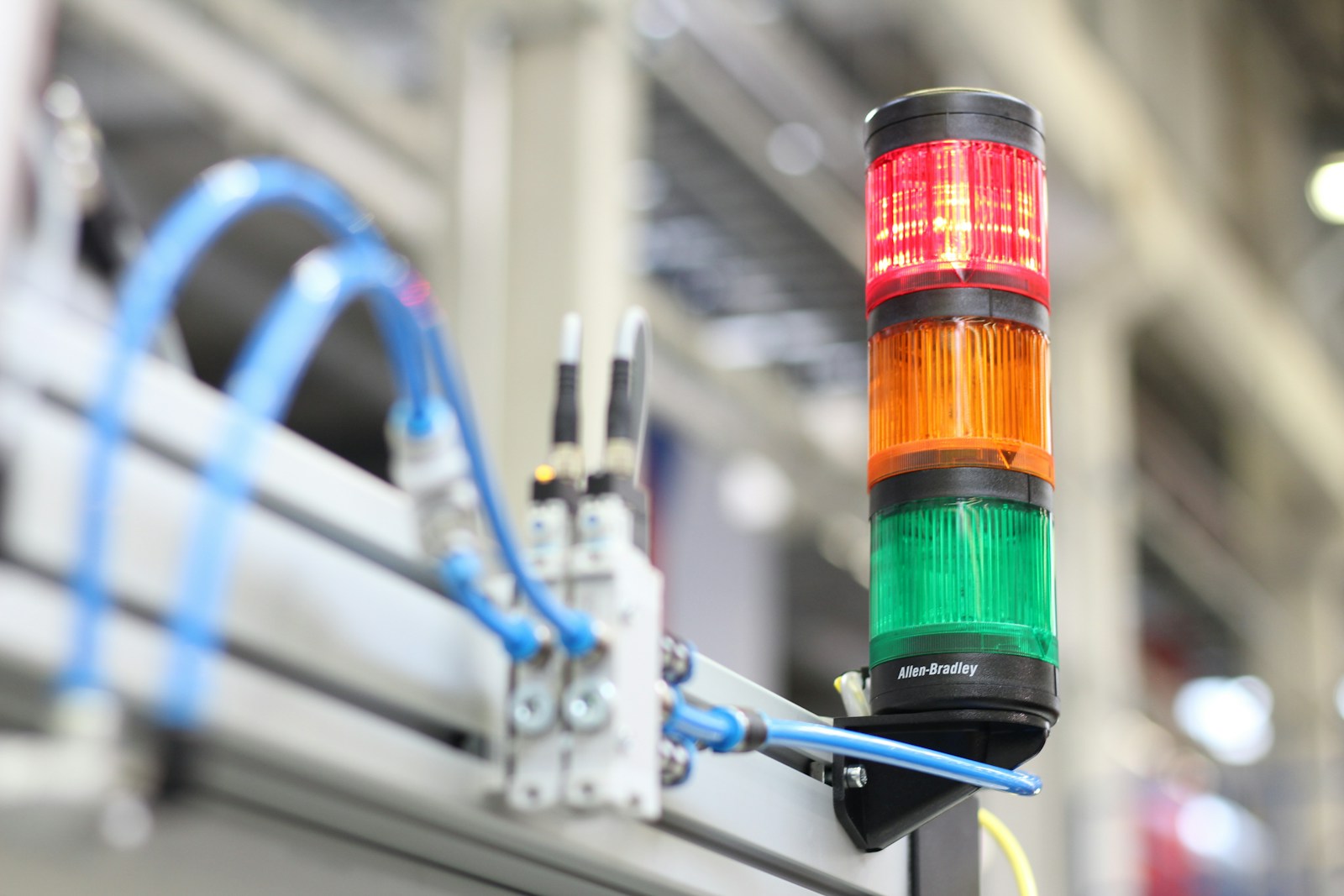Introduction
In today’s rapidly advancing technological landscape, the integration of the Internet of Things (IoT) has become a game-changer for industries, reshaping the way they operate and ushering in a new era known as Industry 4.0. This article explores how IoT devices are being used to convert existing Industry 1.0, 2.0, and 3.0 systems into the cutting-edge Industry 4.0.
Industry 1.0: The First Industrial Revolution
The first industrial revolution marked the transition from agrarian societies to manufacturing-based ones. It was characterized by the use of water and steam power to mechanize production. Today, IoT is retrofitting these early industries with smart technologies.
IoT in Industry 1.0
- Asset Monitoring: IoT sensors and devices are employed to monitor the condition of aging machinery. Real-time data collection helps predict maintenance needs, preventing costly downtime.
- Energy Efficiency: Smart meters and sensors help regulate energy consumption in factories, reducing costs and environmental impact.
- Inventory Management: IoT-enabled tracking systems optimize inventory levels, ensuring materials are always available without overstocking.
Industry 2.0: The Second Industrial Revolution
Industry 2.0 brought mass production through electrification and the assembly line. IoT is now helping these industries transition into the digital age.
IoT in Industry 2.0
- Process Automation: IoT-powered robotics and automation streamline manufacturing processes, enhancing efficiency and precision.
- Supply Chain Optimization: Real-time tracking and data analysis enable businesses to make data-driven decisions, reducing lead times and waste.
- Quality Control: Sensors and cameras integrated into the production line can instantly detect defects, ensuring higher product quality.
Industry 3.0: The Third Industrial Revolution
The third industrial revolution introduced computers and automation through digital technology. IoT is pushing these industries towards greater connectivity and data utilization.
IoT in Industry 3.0
- Predictive Analytics: IoT devices collect vast amounts of data that can be analyzed using AI and machine learning algorithms to predict equipment failures, optimizing maintenance schedules.
- Remote Monitoring: Workers can remotely monitor equipment and processes, reducing the need for physical presence and increasing safety.
- Customization: IoT allows for mass customization, where products can be tailored to individual customer needs without compromising efficiency.
Industry 4.0: The Future of Manufacturing
Industry 4.0 represents the fusion of digital, physical, and biological systems. IoT is the backbone of this revolution, enabling real-time data sharing and decision-making across the entire value chain.
IoT in Industry 4.0
- Connected Factories: IoT devices create a network of interconnected machines, products, and people, facilitating communication and coordination.
- Data-Driven Decision Making: Big data analytics, AI, and machine learning are used to extract valuable insights from the vast amounts of data generated, optimizing operations and product development.
- Cybersecurity: As connectivity increases, robust IoT security measures are vital to protect sensitive data and systems from cyber threats.
Conclusion
The application of IoT devices is transforming industries from their early 1.0 stages to the cutting-edge 4.0 landscape. From monitoring assets and optimizing energy usage in Industry 1.0 to enabling data-driven decision-making and customization in Industry 3.0, IoT is at the forefront of this transformative journey. In Industry 4.0, IoT is the linchpin that connects everything, ushering in an era of unparalleled efficiency, customization, and innovation.
Embrace IoT, and your business can evolve alongside these industrial revolutions, staying competitive and agile in an ever-changing world.
Remember, the key to a successful Industry 4.0 transformation lies not just in the adoption of IoT devices, but in the ability to harness the data they generate for smarter, more efficient operations. So, gear up, get connected, and join the revolution!
